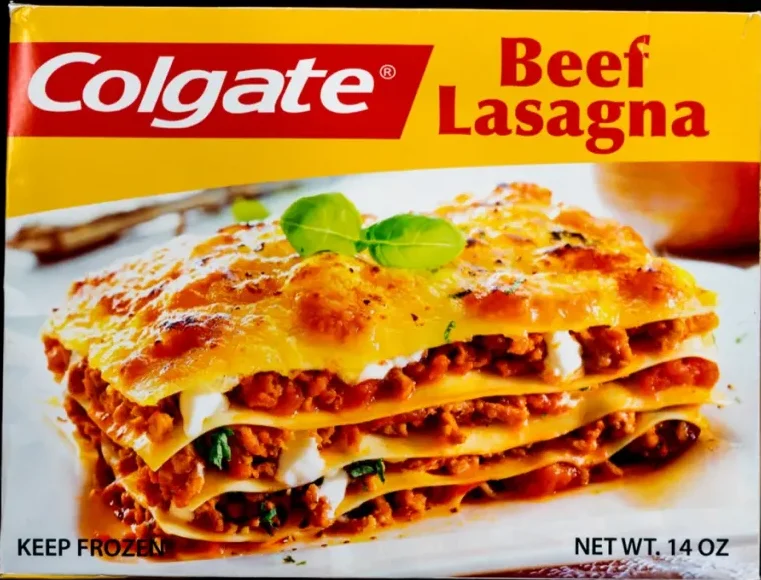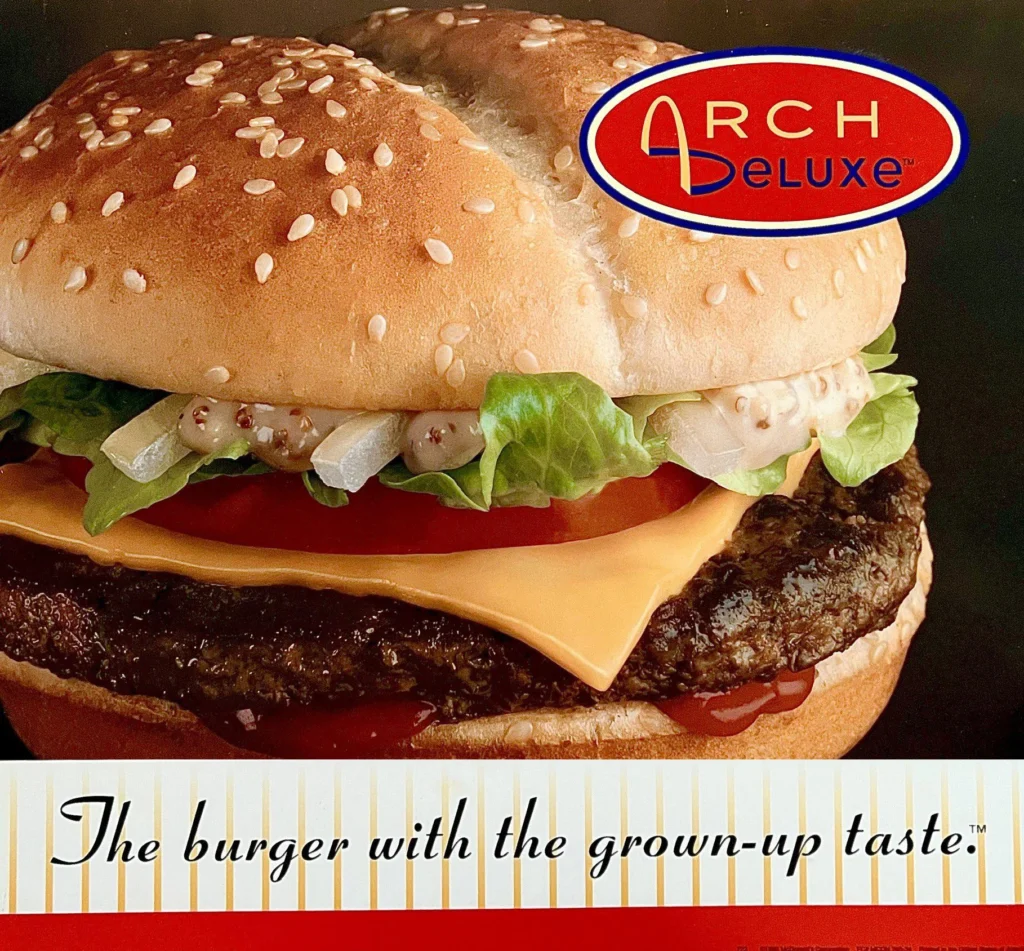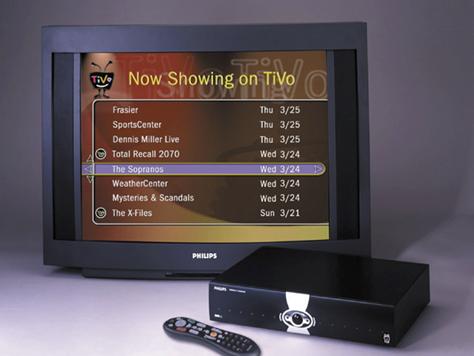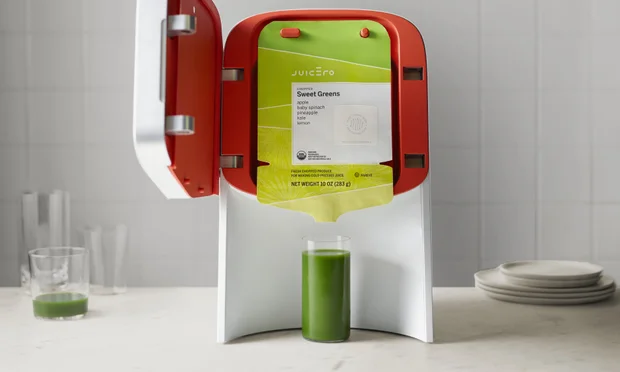Risk-taking is a crucial part of building a successful brand. To stand out in a crowded marketplace, your messaging needs to be clear, resonant, and distinctive. However, branding missteps can be costly. Before diving into a new product, ad campaign, or rebranding effort, it’s wise to learn from the mistakes of others. Here are five infamous branding blunders that provide valuable lessons for today’s marketers.
1. Colgate’s Frozen Foods Fiasco (1982)
In a bid to diversify, Colgate, known for its toothpaste, ventured into frozen foods with products like lasagna and turkey with gravy. The move was disastrous. Consumers found the brand’s attempt to shift from dental care to dinner entrées laughable, leading to the quick removal of these products from shelves.

Lesson: Understand your brand’s identity through the eyes of your target audience. Venturing into new categories should align with your existing brand values to avoid confusion and dilution.

2. The Arch Deluxe Debacle (1996)
McDonald’s launched the Arch Deluxe, a gourmet burger aimed at health-conscious Gen Xers. Despite its innovative ingredients, the burger failed due to a misguided ad campaign that insulted both kids and adults. The Arch Deluxe’s high price and condescending marketing led to its swift disappearance.
Lesson: Know your audience and respect their connection to your brand. Research and understanding your customer base are essential to avoid alienating your core consumers.
3. The Fall of TiVo (1999)
TiVo revolutionized TV with its DVR technology, but its downfall came from a failure to communicate its value effectively. While other companies highlighted practical benefits like preventing missed shows, TiVo’s focus on its technology rather than its user benefits led to its decline.

Lesson: Address your audience’s pain points and focus on how your product improves their lives. Clear, relevant messaging is crucial to maintain market leadership.

4. Juicero’s High-Tech Failure (2017)
Juicero introduced a $700 Wi-Fi-enabled juicer that turned out to be unnecessary. It was discovered that juice could be extracted from the packets by hand, leading to ridicule and the company’s eventual failure. Juicero’s failure was rooted in its disconnection from real consumer needs and its echo-chamber approach.
Lesson: Avoid creating solutions without understanding the real needs of your audience. Diverse feedback and a focus on practical benefits over flashy technology can prevent such missteps.
5. Dove’s Controversial Rebranding (2017)
Dove, known for its commitment to real beauty and inclusivity, faced backlash with its 2017 rebranding effort. The brand’s attempt to showcase diversity with a series of ads featuring women of different shapes, sizes, and skin tones was marred by a few problematic campaigns. One particular ad showed a woman of color transitioning to a white woman after using Dove products, which many perceived as racially insensitive. This mistake was a significant PR blunder for a brand that had built its reputation on inclusivity and self-esteem.

Lesson: Ensure that your rebranding efforts align with your core values and resonate with your audience’s expectations. Authenticity is key, and any deviation from your established brand promise can lead to a credibility crisis
Conclusion
Branding decisions can have significant impacts on every stage of the buyer’s journey. The key to avoiding major pitfalls is to know your brand, understand your audience, and communicate your solutions effectively. By learning from these infamous mistakes, you can better navigate the complex landscape of branding and marketing.

